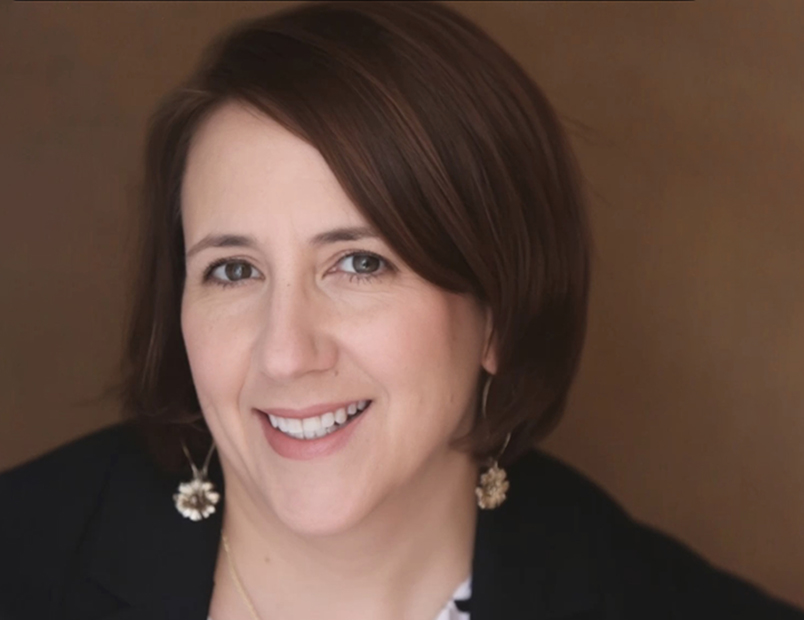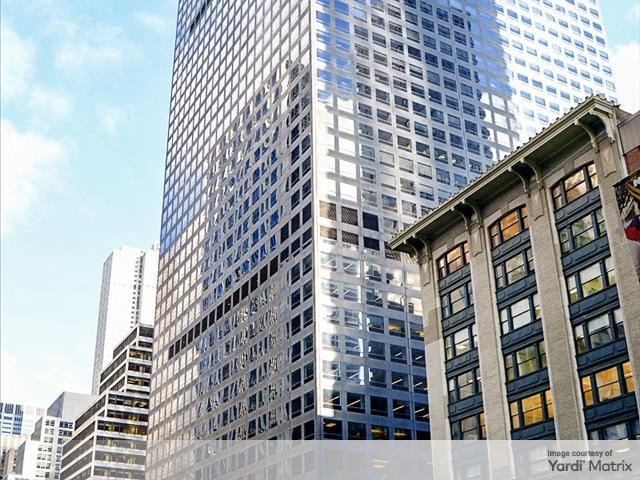The News: Tumbling Single Family Home Prices Negatively Affects Seniors Housing
Falling single-family home prices continued to have a negative impact on the seniors housing market, particularly in the independent-living subsector, according to a recent Marcus & Millichap Real Estate Investment Services Inc. report that measured seniors housing metrics from the second quarter of 2007 to the second quarter of 2008.Seniors are reluctant to sell their…
Falling single-family home prices continued to have a negative impact on the seniors housing market, particularly in the independent-living subsector, according to a recent Marcus & Millichap Real Estate Investment Services Inc. report that measured seniors housing metrics from the second quarter of 2007 to the second quarter of 2008.Seniors are reluctant to sell their homes in a declining market. The independent-living sector seems to have suffered the most harm from this trend. Softer demand and a strong level of construction have resulted in a 200-basis-point drop in occupancy, according to the report. Revenue grew 4 percent to $2,471 per occupied unit per month.Occupancy in assisted-living facilities also dropped, 120 basis points to 94.3 percent. Revenue growth, however, remained healthy, rising 4.5 percent to $3,543 per occupied unit per month.Occupancy in skilled-nursing facilities declined slightly, 70 basis points to 93.2 percent. A lack of competition from other subsectors buoys skilled-nursing properties. Per diem revenue grew 4.2 percent, to $224 per occupied bed.Dementia-care occupancy also went down, dropping 180 basis points to 94.4 percent, the result of new construction, according to Marcus & Millichap. This segment also saw the largest improvement in revenue, growing 5.4 percent to $5,343 per occupied unit per month.The report predicts that the investment climate for seniors housing will remain positive for the next several months, though deal velocity will continue to be subdued as fewer publicly traded firms expand their portfolios. The report also predicts that financing hurdles will prevent fewer buyers from entering seniors housing from other commercial real estate sectors, as these crossover investors are usually attracted to the independent-living segment.However, cap rates for seniors housing are among the highest in commercial real estate, and the report predicts that the segment will remain attractive to cash-rich buyers.






